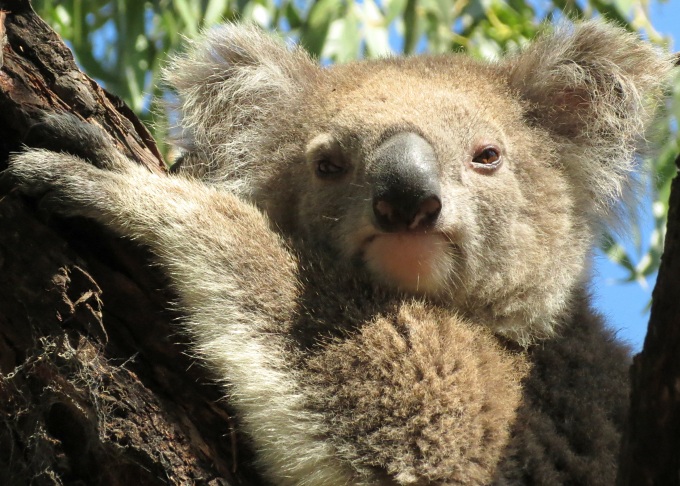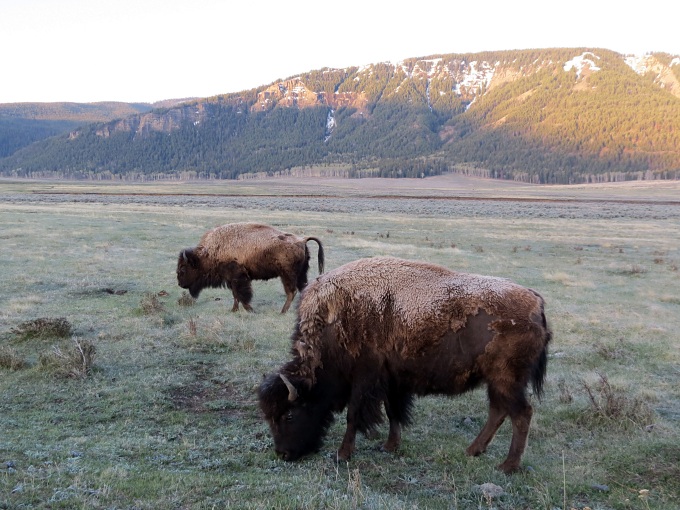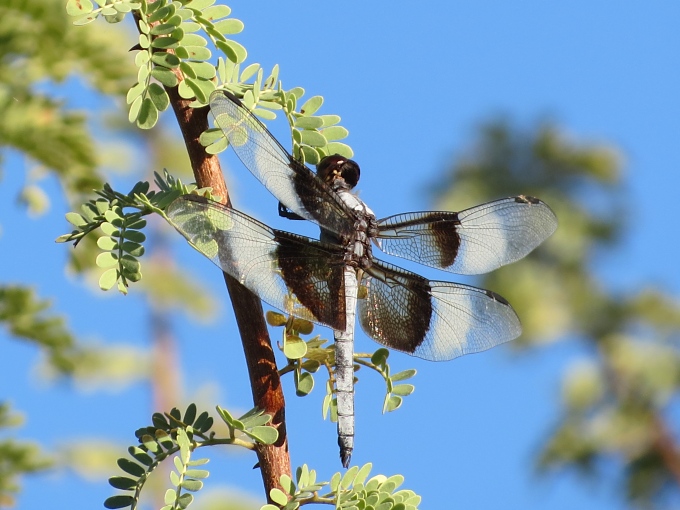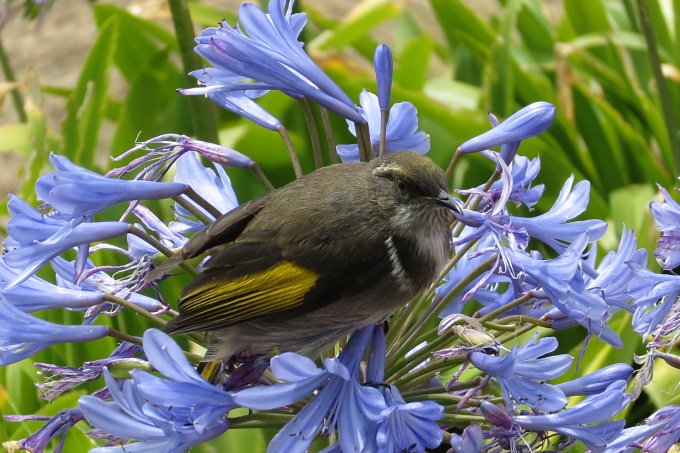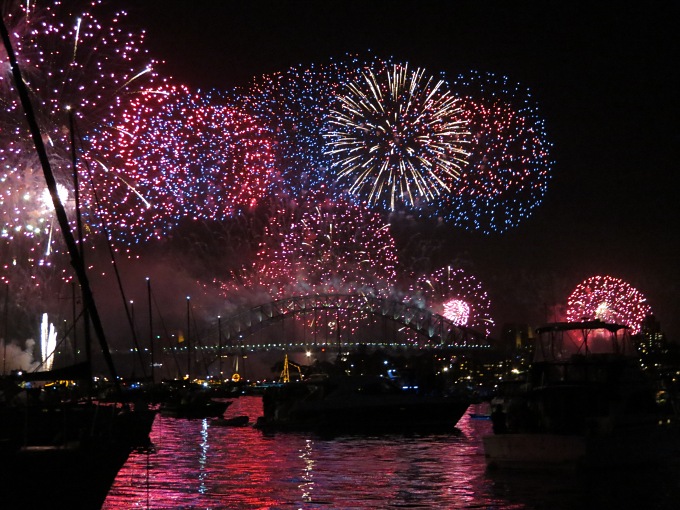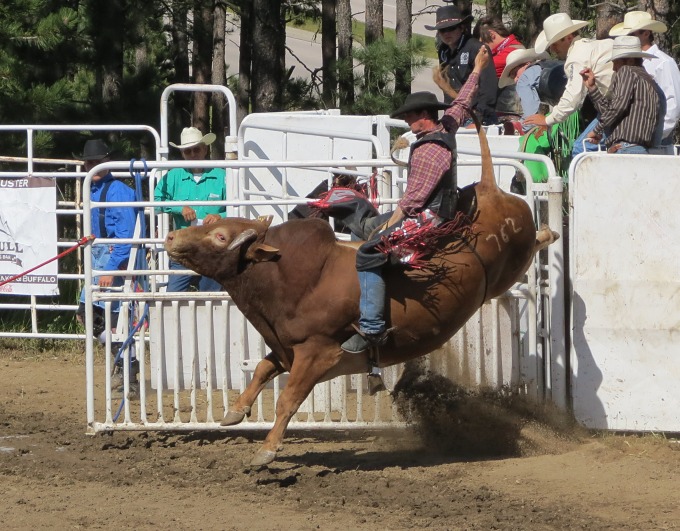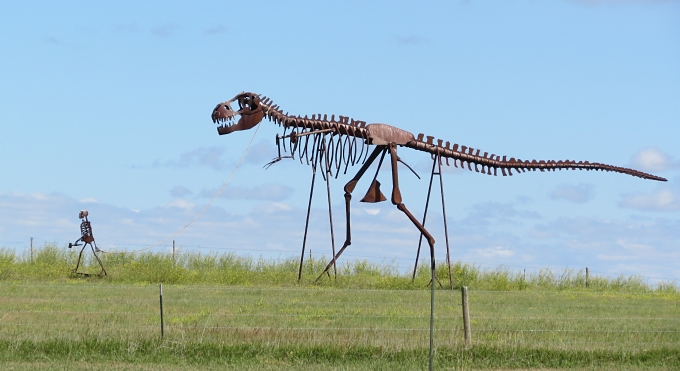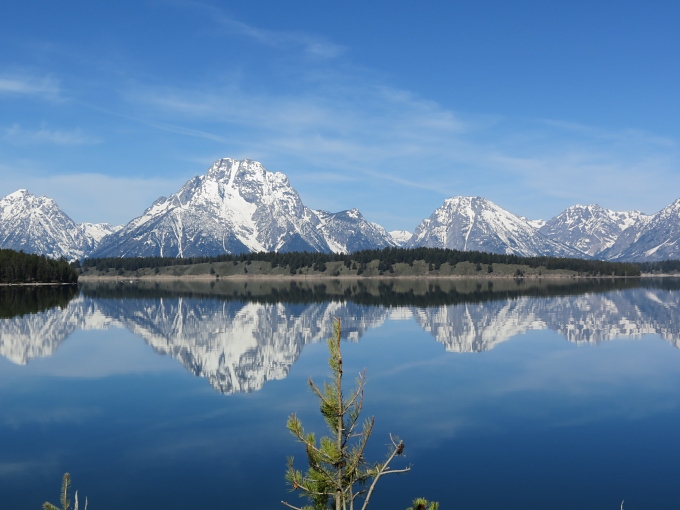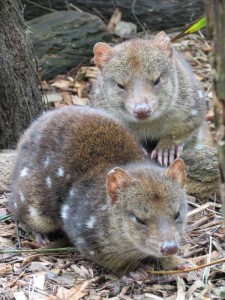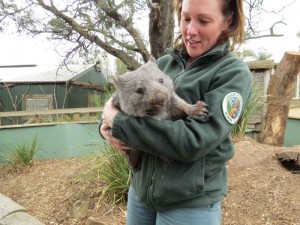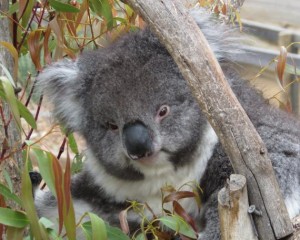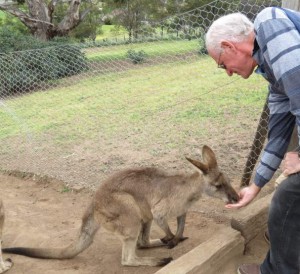Best Photos of 2012
/I like to review my photos at the end of each year and identify which ones really stand out as representative of where we've been and what we've done. I'm not a professional photographer by any means, so forgive any inadequacies you might note. It's hard sometimes to compare one photo subject to another because a fantastic flower shot doesn't usually compete with a koala or a mountain view. So I've put them into categories and tried to come up with the best photos of 2012 along with some criteria for choosing them. I'd love your input. Do any really strike your fancy? Which is your favorite? In the animal category, I had a tough time choosing one and since I'm doing the choosing, I chose two. The reason for the difficulty is that there are so many new animals here in Australia from which to choose. But I also got a few good shots of American animals while we were back in the USA last summer.
So...my Australian animal is the iconic koala. Chosen because this koala was photographed in the wild on Raymond Island, Victoria. He's cute and unlike most of the koalas we saw there, he was awake and his eyes were open.
Back in America, I chose another icon...the American bison, usually referred to as a buffalo. This photo was taken at Yellowstone National Park and represents some of the best natural beauty America has to offer. We visited over 30+ national parks and monuments this past year and each had something special and unique to offer. There were mountain goats and bighorn sheep in the running along with echidnas and Tasmanian devils, but the quality of those photos wasn't as good as the one I chose.
In the insect category...yes, there is an insect category … I've chosen two also. The dragonfly shot was taken in the Clark County Wetlands Park in Las Vegas. It's clean and crisp and shows off the insect's gossamer wings to good advantage.
The reason for two insect shots is that I just can't ignore butterflies. They're too beautiful, too elegant and too fragile to ignore. This Boisval blue butterfly was fluttering around the flowers near Custer's grave at Little Bighorn in Montana. The detail is crisp and the butterfly is a beauty. Its furry blue-gray wings and body are almost palpable.
In the bird category, I chose a crescent honeyeater that I photographed on Deal Island in the middle of the Bass Strait, which separates Australia from Tasmania. Deal Island is part of the Kent Group and Tasmania's most northern national park, accessible only by boat. The honeyeater was feasting on bright purple agapanthus flower nectar and the contrast was impressive.
Iconic scenes...again two...one from the USA and one from Australia. For the US, I chose the Mount Rushmore National Monument. The photo was taken on Flag Day (June 14th) as 113 people were being sworn in as new US citizens. It was an emotional ceremony and Mt. Rushmore in the background really does take your breath away.
For Australia, the Sydney New Year's Eve fireworks display over the Sydney Harbour Bridge. This photo does not do it justice. I can't say more...the display was fantastic and it was a fairy-tale-come-true experience to be there on our own boat seeing, hearing and smelling it live.
For action shots, I wanted something that really connoted action. This shot was filmed at a rodeo held at Crazy Horse Monument in South Dakota. All four of the bull's feet are off the ground, dust is kicking up and the rider is really holding on for dear life. I'd say that connotes action. I had polo ponies and jumpers in the running, but I had the bull by the horns.
Sunflowers...a whole field of them just outside Flagstaff, Arizona.
For whimsical shots, “Skeleton Man Walking Skeleton Dinosaur” on the side of I90 in Murdo, South Dakota was a shoo in.
Second place was Denver's two story tall Blue Bear peeking in through the Performing Arts window.
The best landscape shot is Jackson Lake, Grand Teton National Park. It took our breath away.


